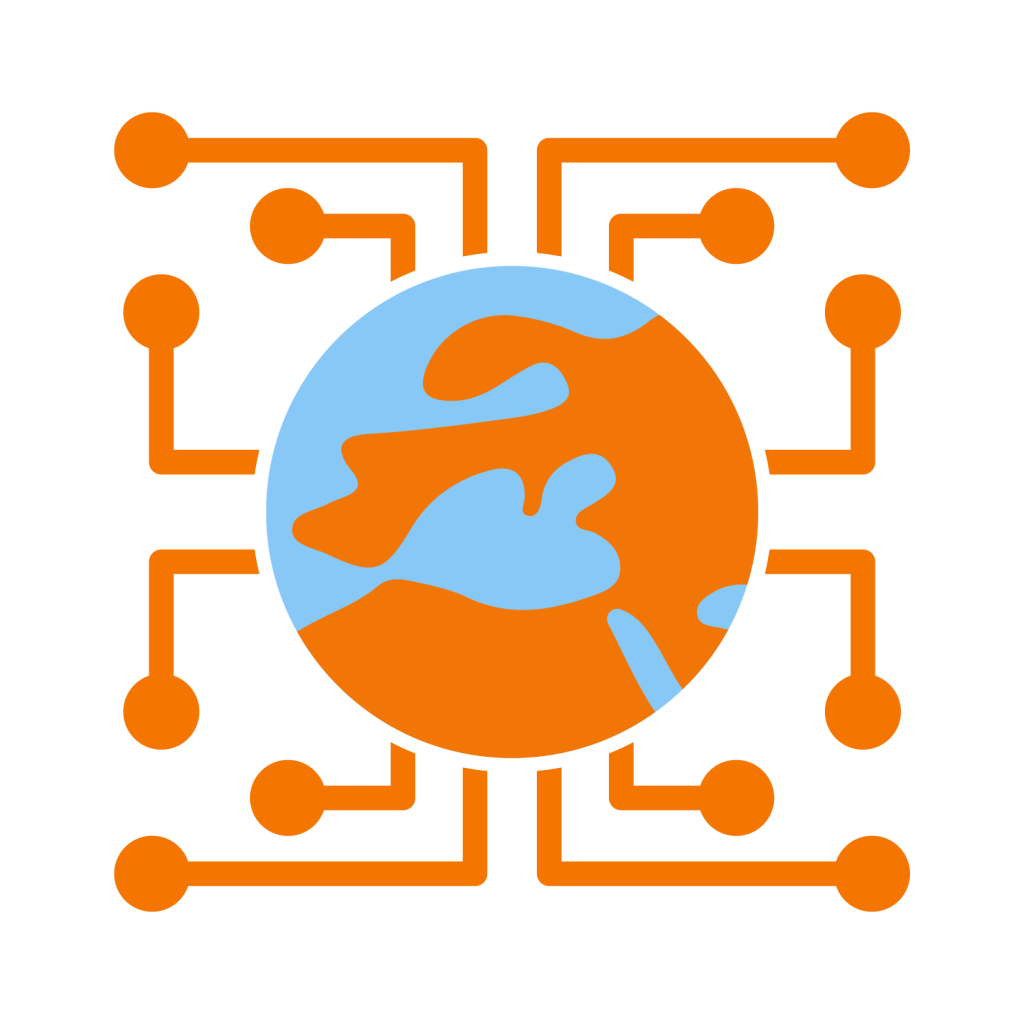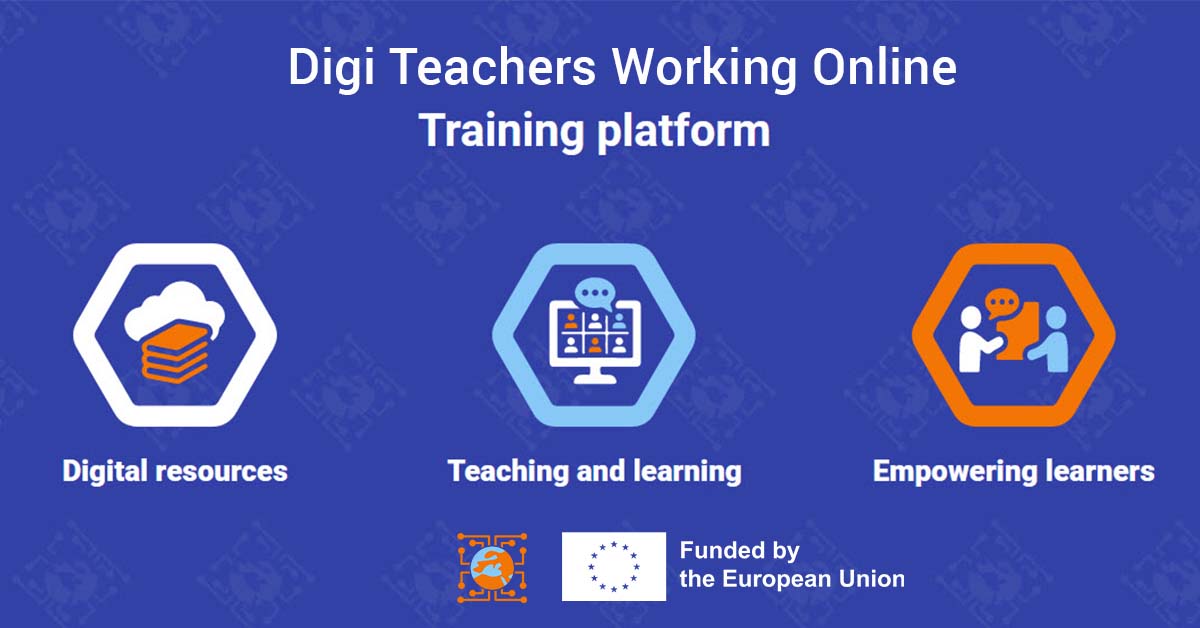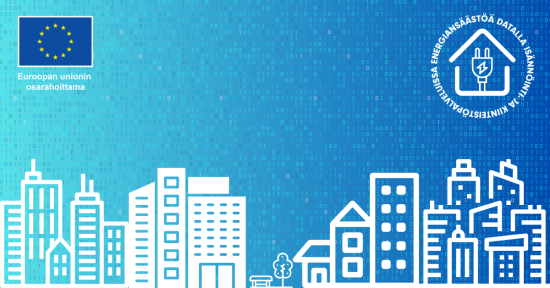A person’s curriculum is made of different elements, all meant to certify the path and the competences that a person possesses. However, not all competences are visible on school or working certificates, and often some skills aquired through professional experiences remain hidden. As learning happens in various contexts, it is important to have tools that help to make skills learned at work, hobbies, or voluntary work visible.
Open Badges (OB) serve this purpose. They are digital proofs of achievements, skills, or knowledge that individuals have gained. In particular, OB can be described as digital credentials that represent skills, achievements, or knowledge. The interests in tools like open badges comes from the need to give form to skills and credentials acquired via informal learning and validate individual’s knowledge and competences in a specific area or field.
Indeed, micro-credentials are gaining popularity due to their flexibility, relevance to industry needs, and the ability to quickly upskill or reskill workers. They are part of the so-called informal learning, designed to cover specific skills or competencies, allowing learners to gain expertise in particular areas without needing to commit to a full degree program.
What make OBs interesting is that they are visually recognisable as they are digital images that contain embedded metadata detailing the skills and achievements they represent. They are verifiable, as they can be verified for authenticity and are often issued by reputable organizations, and can be displayed on professional networks, resumes, personal websites, and social media.
For a provider, issuing Open Badges involves defining the purpose and criteria for the badge, graphic design, choosing a badge-issuing platform, and then managing the issuance process. It’s important to ensure that badges are meaningful, verifiable, and easy for recipients to claim and share. From a user perspective, the process of obtaining open badges is quite easy. You need to clearly identify your goals and identify what skills or knowledge you want to gain or demonstrate. Then you can look for a reputable organizations, institutions, or platforms that offer Open Badges in the areas you’re interested in, and follow the rules set for its delivery.
Piloting Open Badges in the Digi Teachers project
In the Digi Teachers project, Open Badges have been used as part of the training evaluation. In particular, teachers´ competences were assessed and identified with OBs during the pilot training: The training consisted of three modules, and each module´s skills were evaluated. When a module was passed, an Open Badge was issued.
The project started with creation of the training syllabus based on 1) DigCompEdu framework and 2) the results of a Digi Teachers project survey that was carried out in each partner country. The Syllabus was divided into three modules and areas of expertise under each module:
- Digital resources
- Teaching and learning
- Empowering learners
Once the syllabus was finalized, the project continued with building the training module, toolkit, and Open Badges.

28 teachers participated in the pilot training and all together 78 badges were issued. Open Badges were a new experience for most of the teachers, as it was for some partners. The feedback received was really positive though. Participants were enthusiastic about Open Badges, even though their utilization was still in its early stages in their organizations or countries. So, from this point of view participating teachers acted as Open Badge ambassadors in their countries.
Open Badges are a growing reality as micro-credentials. Their use is growing in many areas and countries, but it is still an unknown reality in many. It was a successful experience to work with them in Digi Teachers Project, and as ARFIE we hope to see them growing and become a presence in professionals CVs. They encourage continuous personal and professional development (Lifelong Learning) and provides formal recognition of skills that are often underrepresented in traditional qualifications.
Last but not least, they are easy to carry across different platforms and stages of a person’s career. By earning and displaying Open Badges for micro skills and credentials, individuals can provide verifiable proof of their abilities, making them more attractive to potential employers and collaborators.
 Digi Teachers Working Online -project in a nutshell
Digi Teachers Working Online -project in a nutshell
The Digi Teachers Working Online project helps VET teaching staff improve their digital skills and competences with a strong link to pedagogy. Teachers will gain new tools, ideas and practices to implement online education, support their students’ digital skills and network with European colleagues engaged in special education.
Duration:
1.11.2021 – 30.10.2024
Project partners:
- Live Foundation, Suomi (project lead), www.livesaatio.fi
- Esment Fundación, Spain, www.amadipesment.org
- Arbeit und Bildung, Germany, www.arbeit-und-bildung.de
- OPEN group, Italy, opengroup.eu/
- Arfie, Belgium, www.arfie.info
- TIEKE Finnish Information Society Development Centre, Finland, www.tieke.fi
Funded by:
- Erasmus+ -programme coordinated by Finnish National Agency for Education
Contact information:
- In TIEKE Hanna Vuohelainen
- In Live Foundation project coordinator Karoliina Oksanen, +358 40 661 4424, karoliina.oksanen@inlive.fi










